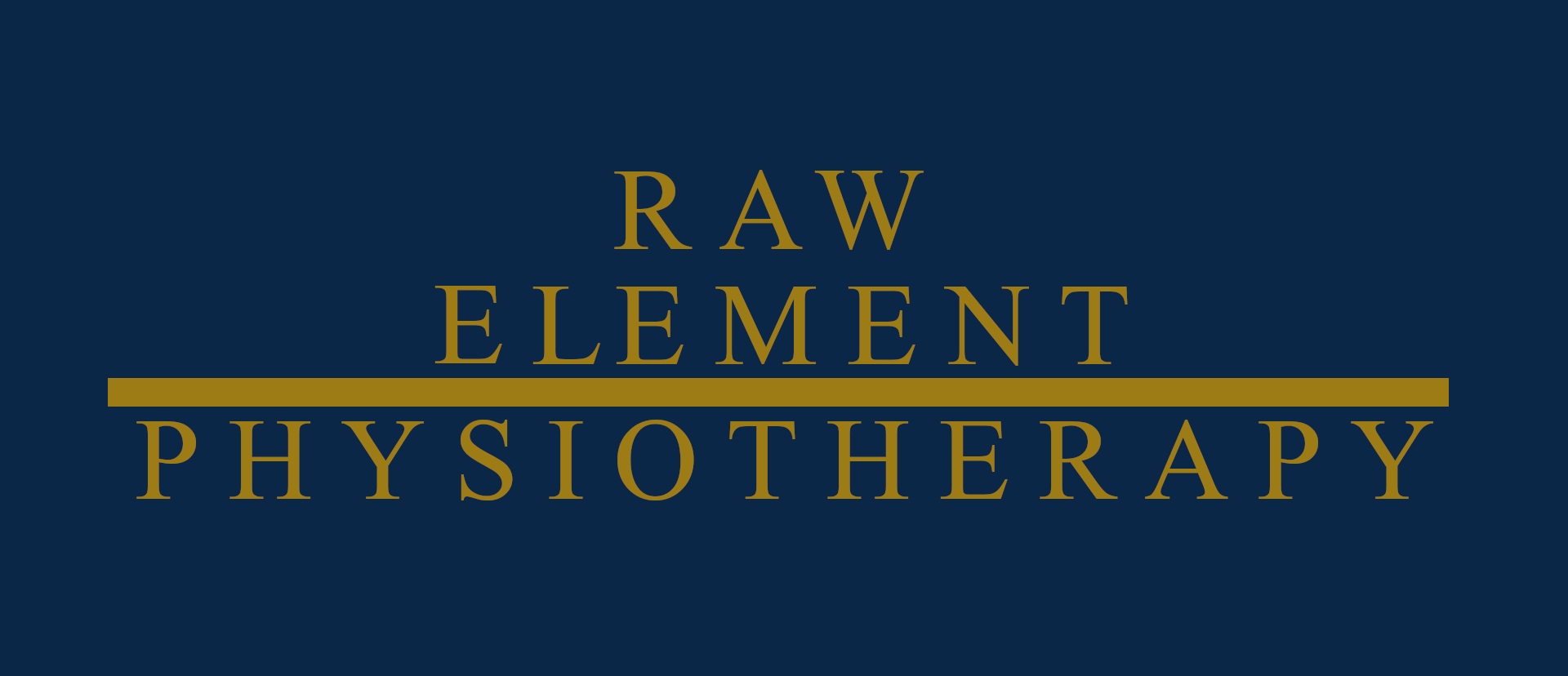Needling Comparison
Needle Therapy Showdown: Dry Needling vs. Acupuncture – Unveiling the Differences
Dry needling and acupuncture are two therapeutic techniques that involve the insertion of thin needles into the skin for various health benefits. While they share some similarities, they are distinct practices with different principles, origins, and purposes. Here are the key differences:
1. Origin and History:
Dry Needling: Is a relatively modern technique developed within the field of Western medicine. It is primarily based on anatomical and physiological principles and was first introduced in the 20th century.
Acupuncture: Is an ancient Chinese practice that dates back over 2,000 years. It is rooted in traditional Chinese medicine and is based on the concept of balancing the flow of energy or "qi" along specific pathways or meridians in the body.
2. Theoretical Framework:
Dry Needling: Is grounded in Western medicine's understanding of anatomy and physiology. It focuses on targeting trigger points (tight knots in muscles) to alleviate musculoskeletal pain and dysfunction. The treatment aims to release tension and improve blood flow in affected areas.
Acupuncture: The insertion of needles at specific acupuncture points along meridians, is thought to restore the balance of qi, promoting health and well-being.
3. Needling Technique:
Dry Needling: Thin, solid needles are inserted directly into trigger points, muscles, or soft tissues. The goal is to elicit a twitch response from the muscle, which indicates a change in the chemical balance.
Acupuncture: Typically are inserted at varying depths and angles along specific meridians or acupuncture points. The depth and angle depend on the practitioner's training and the specific condition being treated.
4. Purpose and Conditions Treated:
Dry Needling: Primarily used to address musculoskeletal pain and dysfunction.
Acupuncture: Is used for a broader range of conditions. This can include pain, stress, anxiety, digestive problems, infertility, and a wide array of systemic and chronic conditions.
5. Practitioner Training:
Dry Needling: Practitioners of dry needling typically have backgrounds in physiotherapy, chiropractic care, or sports medicine.
Acupuncture: Acupuncturists undergo extensive training in traditional Chinese medicine and acupuncture techniques.
In summary, while both dry needling and acupuncture involve the use of needles for therapeutic purposes, they have distinct origins, philosophies, and applications. Patients should choose the modality that aligns with their specific health needs and beliefs.
If you have any questions or require additional information, please don't hesitate to reach out to us at the clinic.

